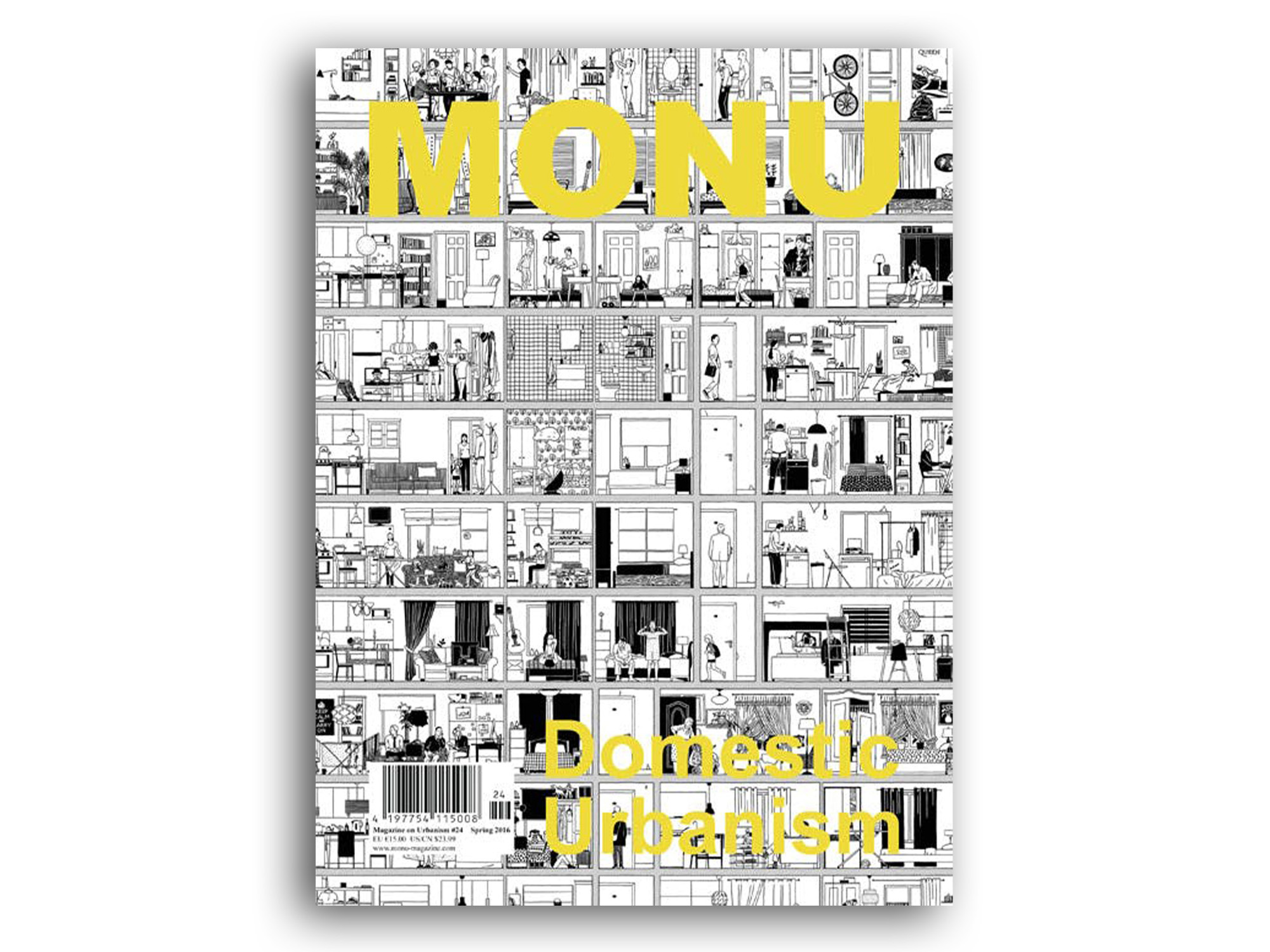Excerpt:
“The interior and urbanism are often positioned at opposite poles of spatial praxis, with architecture acting as a mediator — separating the inside from the outside, private from the public, and scaling the individual to the collective. Recently, we have witnessed an increasingly aggressive adjacency between the interior and the urban environment, as a mechanism to mitigate top-down planning with bottom-up power structures. By examining the interface between the interior and urbanism, we propose to to speculate on how the city can be reformatted from within.
In recent years, San Francisco has become emblematic of the difficulties of managing rapid urban growth in a culture entrenched in NIMBYism. A severe deficit of new housing, coupled with an influx of jobs has caused rents and housing prices to soar to the highest in the United States. Silicon Valley’s economic engine has rapidly fostered wealth in a more urban-oriented generation, and this has fueled the fire of a geographically and politically constrained housing pressure-cooker. This is most overtly reflected in widespread gentrification and socio-economic homogenization, as the lower and middle class continue to be priced and pushed out to the city’s periphery. Despite the almost hysterical declarations of a housing crisis, as well as the unparalleled political will of an almost monolithic progressive populace, San Francisco is still hamstrung by its own romantic image of the city as a low-rise fabric of Victorian Houses nested on picturesque hills by the Bay. Yet, even if there is widespread agreement that the city must densify and provide more housing if it is to survive the 21st century, this image has remained remarkably durable — an idée fixe justified by a tourism industry that is robust and growing.
San Francisco’s Mayor Ed Lee has plans for the construction of 30,000 housing units by 2020, which, while ambitious, falls far short of the City’s Chief Economist’s assertion that for a noticeable impact on prices, at least 100,000 new market-rate units are required. Conventional models of housing development, whether market-driven or government-sponsored, move too slowly and require such large amounts of land and capital that they will never meet even this modest goal. Accordingly, the Mayor has challenged architects, builders, policymakers, and planners to develop innovative models for providing new housing within a rapid timeframe.”
